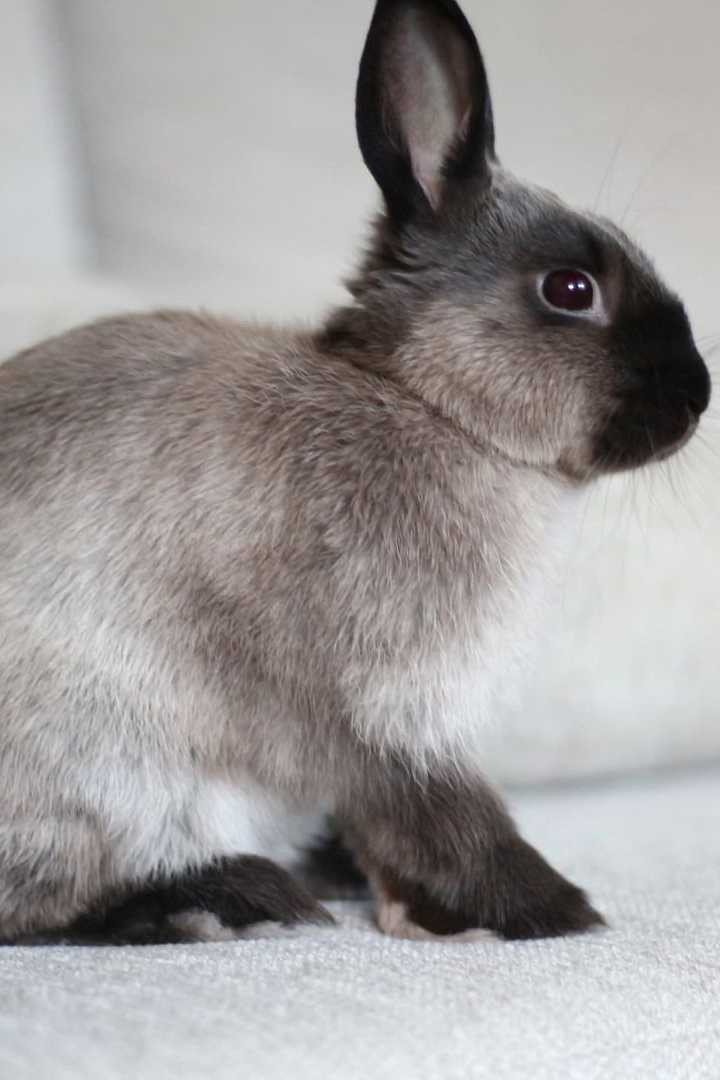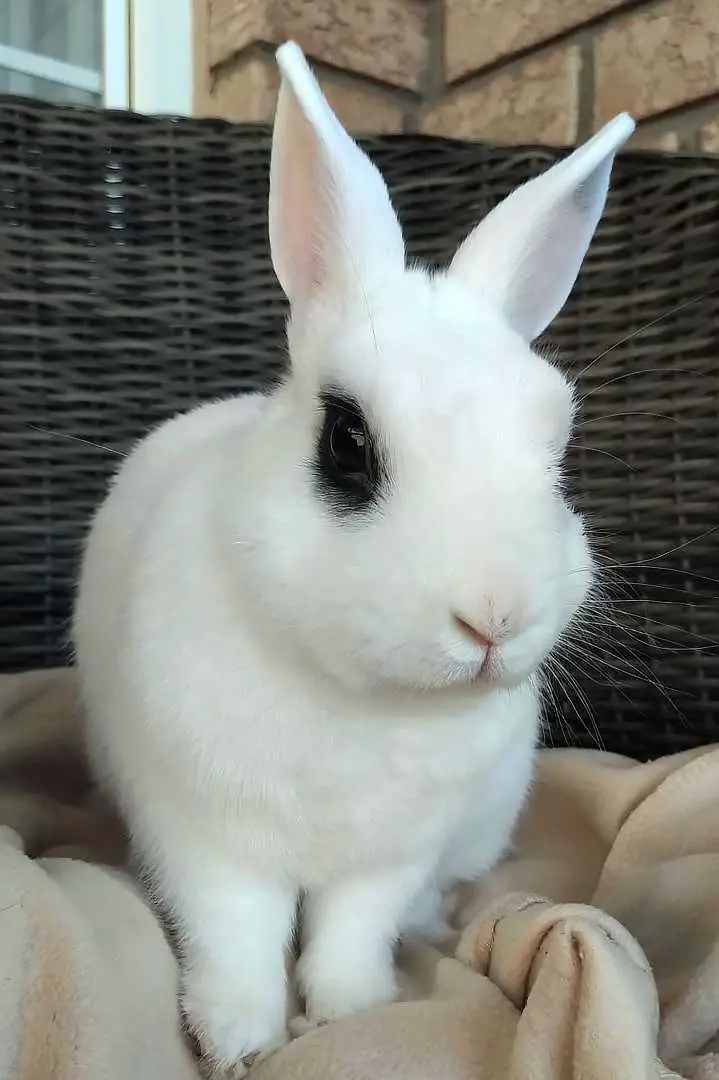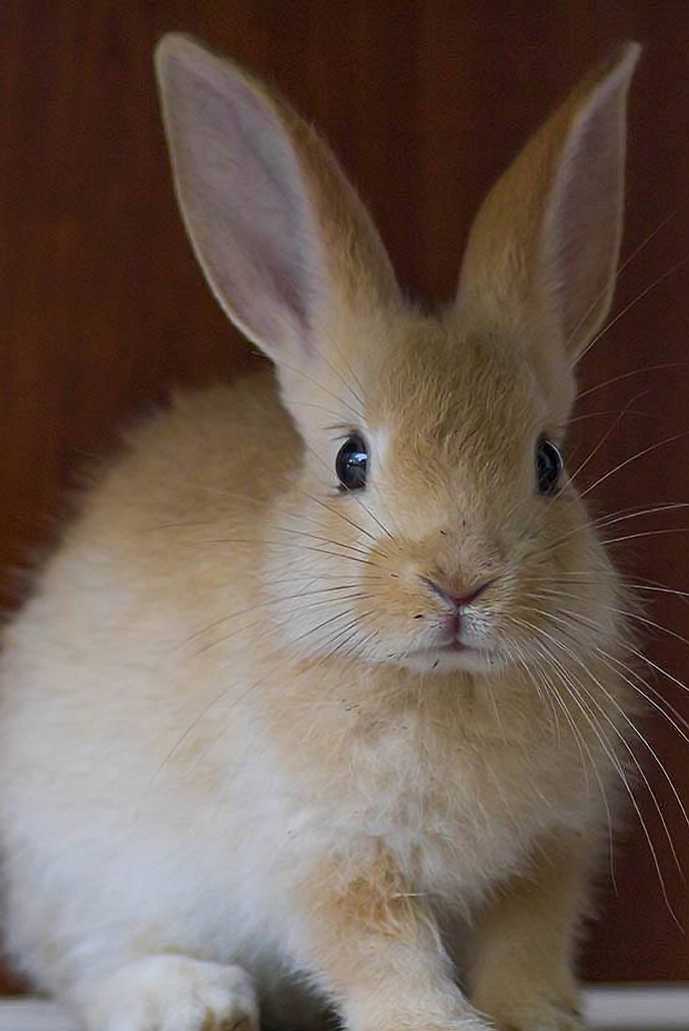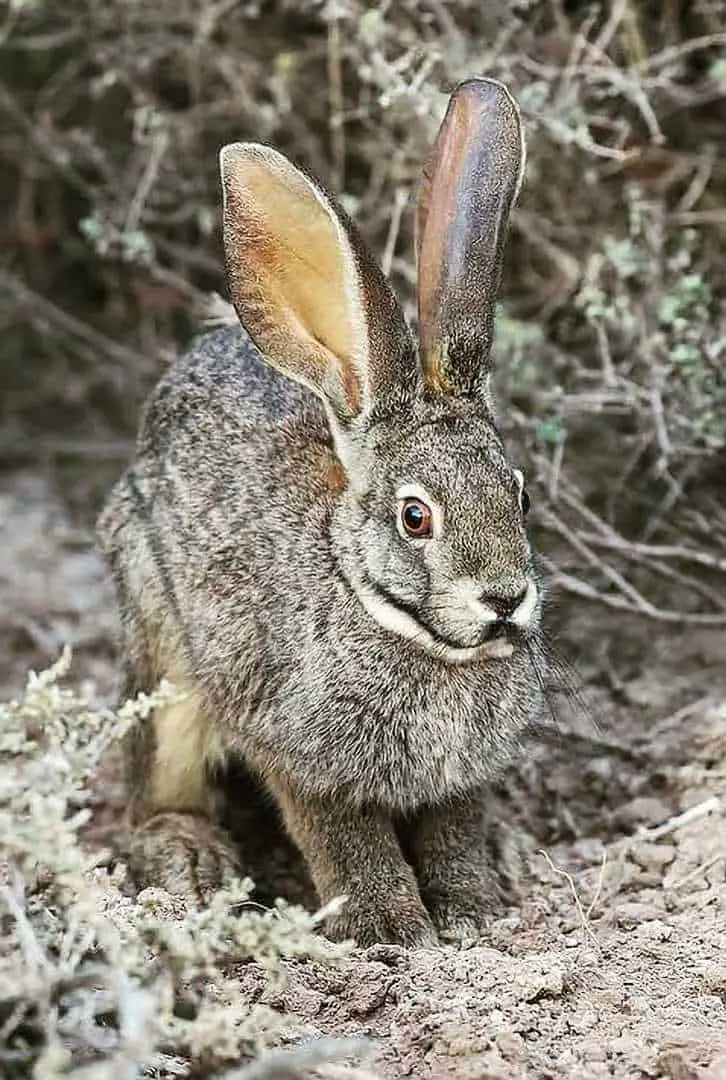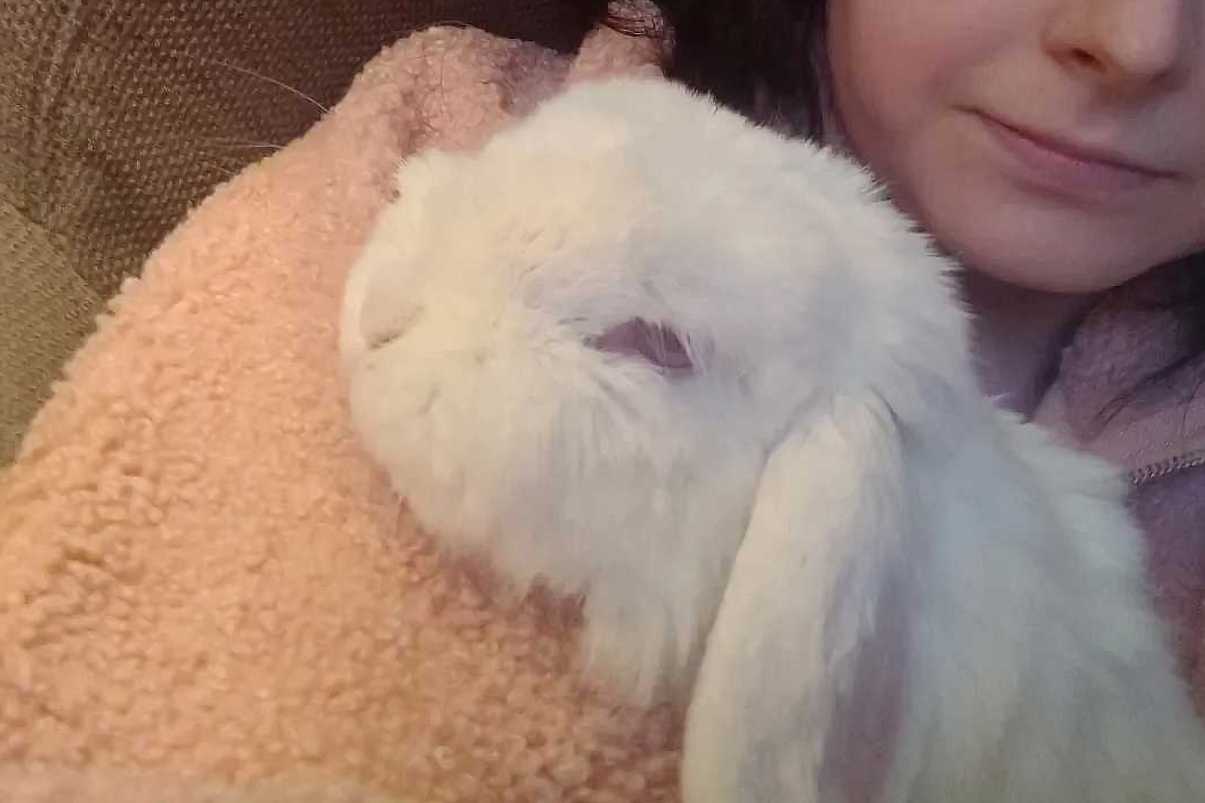Raising a rabbit is an exciting experience for breeders and owners, especially if you are a beginner in rabbit keeping.
You have to know that more than 300 kinds of domestic rabbits are available on the market today. Each of these rabbits has unique traits and features, making finding the right rabbit overwhelming.
Some people, especially those who have experience in rabbit keeping, look for rare breeds. Several rabbit breeds are rare and endangered. That’s why most do not know they existed. As a beginner, it is good to know these rare rabbit breeds.
Check out these 7 rare rabbit breeds that you might not have heard of.
Rare Rabbit Breeds
Although caring for regular rabbit breeds and rare ones do not have any difference, there are still some things you should consider before adopting a rare breed.
The most crucial consideration in adopting a rare rabbit breed is the location’s climate and costs. Some breeds prefer colder or warmer climates; it is essential to provide the best environment for them.
Meanwhile, the adoption cost is the next thing you have to consider. Rare breeds are expensive. Taking care of them to have a healthy and happy life requires some money.
If these considerations do not pose any problem, you will surely enjoy taking care of a rare rabbit breed.
American Sable Rabbit
An American Sable rabbit looks similar to a Siamese cat; you will be astounded by how their dark sepia color and lighter tan make them look alike.
While the ARBA only acknowledges this coat color for this breed, another color resurfaced when the American Sable was continuously bred and crossed.
However, the new color pattern was not included in the variety of American Sable. Instead, it became a new variety of Silver Marten breed rabbits. You should remember this when looking for American Sable breeds.
- Appearance: Medium-sized rabbit
- Average weight: 8 to 10 lbs
- Average lifespan: 5 to 8 years
- No breed-specific health issues
American Sable rabbits are friendly, energetic, and affectionate. As it brings a lot of love and cuteness to your home, it needs attention too. They want to be stroked and petted.
Belgian Hare Rabbit
Belgian Hare is not a hare but a rabbit breed but appears like a hare. Although they are a domestic breed and kept mainly for shows, their unique appearance makes them look like wild hares.
It has a long, muscular body, a straight tail, and erect ears. ARBA only recognizes bright tin rust with a red or orange tint in coat color.
However, you have to be cautious with their temperament because Belgian Hares are nervous and skittish. Even sudden noise or unfamiliar sound gives them serious anxiety and stress. With their temperament and energy, Belgian Hare rabbits are best for the outdoors.
- Appearance: Large-sized rabbit
- Average weight: 7 to 8 lbs
- Average lifespan: 7 to 11 years
Belgian Hare is not compatible with other pets. Dogs and cats are predators for them. It makes them uncomfortable and nervous, which stresses them. But, you can pair a Belgian Hare with other rabbits.
Blanc de Hotot Rabbit
You would be surprised by how Blanc de Hotot is a beautiful rabbit breed that you can find on the market. It has two distinguishable features with its appearance; it has white rollback fur and a black spectacle around its eyes that resembles an eyeliner.
According to ARBA, selecting a Blanc de Hotot must be rigid to ensure the proper markings. The black eye band should not go over an eighth of an inch.
There is an almost identical breed to Blanc de Hotot, and their only difference is their weight. Dwarf Hotot only weighs 2.25 to 3 pounds. Be careful when choosing this breed.
Blanc de Hotot is a friendly and affectionate rabbit. It is easy to raise them with positive attention because of their calm nature. If you raise a Blanc de Hotot with other pets, they might get along with them, which is a good sign as they can bond.
- Appearance: Medium to large-sized rabbit
- Average weight:8 to 11 lbs
- Average lifespan:7 to 10 years
- No breed-specific health issues
Although Blanc de Hotot makes a wonderful family pet, it is a critically endangered breed because they are used for fur and meat.
Crème d’Argent Rabbit
You can tell it is a rare rabbit breed by the breed itself. Crème d’Argent rabbits are likable with their short, rollback, and silvery orange fur. ARBA only accepts the orange-silver and orange-fawn color pattern combination.
The behavior and temperament of a Crème d’Argent make them one of the best options as a family pet. It is pretty docile and sociable, making them compatible with other household pets.
Unlike other rabbit breeds, Crème d’Argent was not used primarily for meat, and their fur trimmings were used for fashionable garments.
- Appearance:Medium to large-sized rabbit
- Average weight:5 to 11 lbs
- Average lifespan:7 to 9 years
- No breed-specific health issues
If you are looking for a rabbit with admirable fur and are well-mannered, the Crème d’Argent rabbit is the best choice. But, the same with other rare breeds, you have to keep them healthy and happy as their breed is already threatened and close to becoming endangered.
What makes this breed relatively rare is you cannot find them in pet stores. Crème d’Argent rabbits are selectively bred and handled by breeders.
Riverine Rabbit
There is only a slight difference between Riverine and other rabbits. It has a straight and erected ear longer than most Riverine rabbits.
You can also observe that it has cream or grayish fur on its throats and bellies. Meanwhile, a distinguishable black stripe on the rabbit’s eyes and face are checked to assure it is the right breed.
Apart from being a good option for pets, the Riverine rabbit does best in converting and maintaining agricultural land.
The vegetation process happens when the Riverine eats to bind the soil and prevent it from being damaged by the flood. However, this only occurs if the Riverine rabbit continues its vegetation habit.
Unlike other rabbits, the Riverine is a solitary and nocturnal breed. They prefer to eat grasses, flowers, and leaves at night. While they are active at night, they produce hard droppings, while at day are soft.
- Appearance: Medium-sized rabbit
- Average weight: 3 to 4 lbs
- Average lifespan:3 years
- No breed-specific health issues
Although Riverine rabbits are polygamous, a female Riverine rabbit can only produce one young. It makes it extremely slow for the rabbit breed to increase its population, leaving the breed critically endangered.
Sumatran Rabbit (or Southeast Asian Striped Rabbit)
Sumatran rabbits have a unique appearance; their stripes mimic a tiger stripe. Imagine seeing a tiger stripe on a rabbit’s body. Some refer to Sumatran rabbits as Southeast Asian Striped Rabbit or Sumatran short-eared rabbits.
This breed is only found in the wild of Bukit Barisan Selatan National Park and the Barisan Mountains. Wildlife researchers do not have any additional information on whether this breed lives elsewhere.
- Appearance:Small-sized rabbit
- Average weight: 3 lbs
- Average lifespan:3 to 8 years
Acquiring this breed is difficult. Even wildlife researchers had a hard time looking for this breed. It was only when a wildlife trader was tipped-off selling Sumatran rabbits.
Sadly, there is no exact population count of Sumatran rabbits, and there is no doubt that their breed is critically endangered due to the widespread loss of their habitat.
Teddywidder Rabbit
This rare rabbit breed will surely catch your attention. It is a new rabbit breed that showcases its 2-inch long hair that covers its eyes.
Teddywidder rabbits are adorable and fluffy. If you pet a Teddywidder rabbit, you cannot play with them outside because its hair is easily matted.
Teddywidder rabbits are docile. Its appearance is not only what’s adorable, but it also has a lovable personality.
If you are a beginner in rabbit keeping, the Teddywidder rabbit is not an advisable breed for you to start on. It is still a new and rare breed. Even breeders do not know much about the Teddywidder rabbit.
- Appearance:Small-sized rabbit
- Average weight: 3 to 4 lbs
- Average lifespan:7 to 9 years
- No breed-specific health issues
The major drawback of having a Teddywidder as a pet is also their cutest feature, their hair. Its hair needs high maintenance, and it easily mats, so you have to brush them daily. If you do not diligently brush them daily, they become matted, which makes them barely move.
How to Care for Rare Rabbit Breeds
Rare rabbit breeds do not have special care instructions; all rabbits are the same. However, what makes them different from regular rabbits is the high chance of these breeds going extinct.
This makes taking care of rare rabbits have an additional sense of responsibility and attachment.
You do not want to adopt a rare breed and raise them without knowing how to care for them properly. Properly caring for a rare rabbit breed is generally the same as how you make a regular rabbit well-nourished and live a happy and comfortable life.
Here are the general tips on taking care of a rabbit:
Do Research About the Breed of Choice
Whether you plan to have a regular breed or rare rabbit, it is essential to do research first. Read some books or reliable online articles on properly raising a rabbit and whether there are important things to note for a specific breed.
Rabbit keepers need to be physically, mentally, and emotionally prepared before adopting a rabbit.
Ask Veterinarian for Guidance
The best advice we can give before you adopt a rare rabbit breed is to ask for guidance from a veterinarian. Vets do not hesitate to discuss the possible health issues of your breed. It also gives you the idea of who to contact in a situation your rabbit becomes sick.
Moreover, you have to bring your rabbit for a casual checkup at least twice a year. Look for a reputable veterinarian around your area to ensure your rabbit receives proper care and treatment.
Ask Advice from a Fellow Keeper or Enthusiast
There is nothing wrong with seeking advice from a fellow keeper or enthusiast. If a problem arises when taking care of a pet does not have a one-size-fits-all solution, having someone to ask for advice could help you know tips.
Do not hesitate to follow online forums or join communities. This is where your fellow keeper or enthusiasts share helpful tips on raising and breaching rabbits properly and healthily.
Provide Basic Needs of Rabbit
It is time to know what living with rabbits daily looks like. Rabbits are easy to take care of if you provide for their basic needs.
Food and Diet: You can feed your rabbits with high-quality supplementary pellets, fresh vegetables, high-quality hay, or a combination of these. It gives them a balanced diet and extra vitamins and minerals.
Exercise: Rabbits free roam and run around the wild. That’s why it is important to give them enough space to keep them active and entertained. Rabbits do not like being cooped for an extended period; they start to show destructive behaviors when bored.
Compatibility and Trainability: It is important to show your rabbit attention and affection. Moreover, depending on their level of trainability, you can train them to use a litter box or teach them to recognize their name.
Final Thoughts
Indeed, these rare rabbit breeds are hard to find. You have to be mentally, emotionally, and physically prepared to ensure you can render the best care and treatment.
Finally, make sure the breeder or supplier is reputable when you have decided to adopt. Do not hesitate to double-check their background history as a breeder.
If you are ready, adopt a rabbit and have fun taking care of them.
